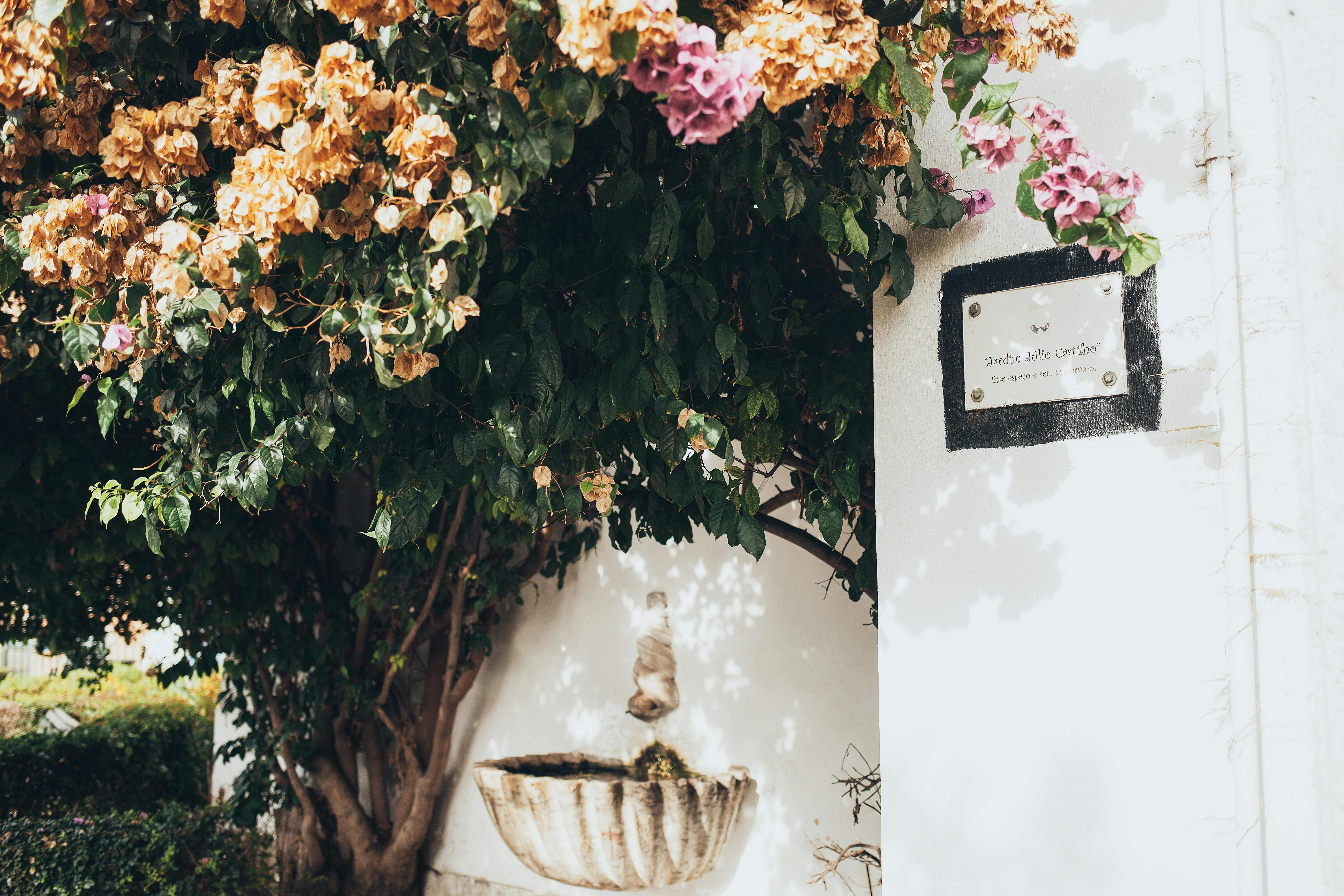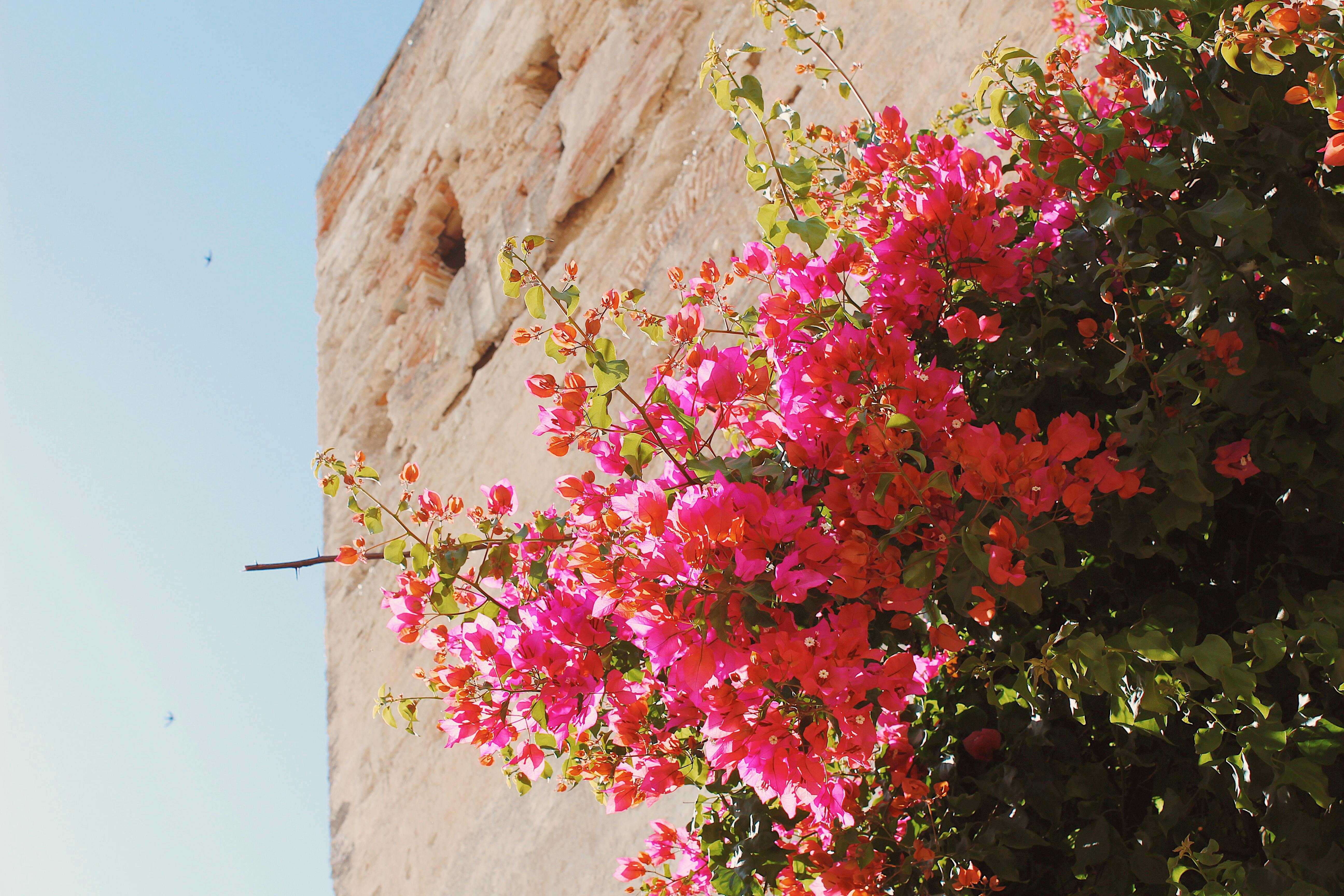Building a concrete garden wall can be a great way to create an attractive outdoor feature in your garden. It can also be used to help define the boundaries of your garden and provide additional privacy. With some basic knowledge, the right materials and a bit of effort, you can build your own concrete garden wall in no time. This guide will provide you with all the information you need to get started.Preparing the site for a concrete garden wall involves several steps. First, the area must be cleared of any debris or vegetation. Next, the ground should be leveled to ensure a stable foundation for the wall. Edging should also be installed around the perimeter of the site to define the boundaries and provide support for the formwork. Once these steps are completed, formwork should be installed to create a framework for pouring and setting the concrete. Finally, reinforcing bars should be placed in strategic locations within the formwork to strengthen and reinforce the wall once it is set.
Planning & Designing the Concrete Garden Wall
Building a concrete garden wall is a great way to define your property line and add a decorative flair to your garden. It also adds to the overall aesthetic of your landscape, making it look more attractive and inviting. Planning for a concrete garden wall includes deciding on the size, shape, and style of the wall, as well as choosing the right materials for construction.
Before beginning construction, it is important to consider the size and design of your concrete garden wall. The size of the wall
Gathering the Necessary Materials for a Concrete Garden Wall
Building a concrete garden wall is a great way to add structure and definition to any outdoor space. To ensure your wall lasts for many years, it is essential to use the right materials. Here is an overview of what you need to gather before getting started:
First, you will need ready-mix concrete. This should be enough to cover the surface area of your wall. In addition, you will need a formwork system and shuttering boards. These boards should be
Choosing Forms for the Concrete Garden Wall
When it comes to choosing forms for a concrete garden wall, there are many options available. The most common type of form is a pre-fabricated panel, which is typically made of steel or plastic and comes in various sizes and styles. These panels are easy to install, but they can be more expensive than other types of forms. Alternatively, you can also use wood forms which provide a more customized look and are generally less expensive than pre-fabricated panels. In addition, you can also opt for custom forms
https://images.pexels.com/photos/1855383/pexels-photo-1855383.jpeg
Creating a Foundation for a Concrete Garden Wall
Creating a foundation for a concrete garden wall is an essential step in the construction process. It is important to ensure that the foundation is strong, durable and of high quality. The first step in constructing a foundation is to dig a trench in the area where the wall will be built. The trench should be at least one foot deep and wide enough to accommodate the size of the wall. Once the trench has been dug, it should be filled with gravel or crushed stone to provide drainage and help prevent shifting of the soil beneath the

Pouring & Finishing the Concrete for a Garden Wall
Building a garden wall is a great way to add structure, definition and privacy to any outdoor space. This project does require some basic knowledge of concrete, but by following these simple steps you can successfully pour and finish your own concrete garden wall. The first step in pouring and finishing a concrete garden wall is to prepare the area for pouring. This includes clearing the area of debris, marking out the area with stakes and string, and making sure the form is level. After the area is prepared, it’s time to
Curing & Sealing the Concrete Garden Wall
Curing and sealing concrete walls is an important step in creating a beautiful, long-lasting garden. Properly cured and sealed concrete walls will stand up to the elements and last for years to come. Curing is the process of allowing the concrete to dry slowly over time; this allows it to develop strength and durability. Sealing the walls helps protect them from moisture, dirt, and other environmental factors. The process of curing and sealing a concrete wall is relatively simple, but it does require some preparation and knowledge.
Adding Finishes to the Concrete Garden Wall
Adding a finish to your concrete garden wall can help enhance its visual appeal and durability. Finishes can range from textured stone, stucco, or tile to painted surfaces. Each type of finish offers a unique look and requires different preparation and installation methods. It is important to select the right finish for your project before beginning the process.
The most common type of finish for concrete walls is stucco. Stucco is a cement-based material that comes in a variety of colors and textures. It

Conclusion
Building a concrete garden wall may seem like a daunting task, but with the right materials and tools, it can be done quickly and easily. It is important to know what kind of wall you are going to build and the size of the blocks you will need. Having a plan and following instructions carefully can help ensure success. It is also important to make sure that your foundation is level and secure before you begin building your wall. To finish, add decorative features such as stones or other accents to enhance the look of your garden wall.
Overall
